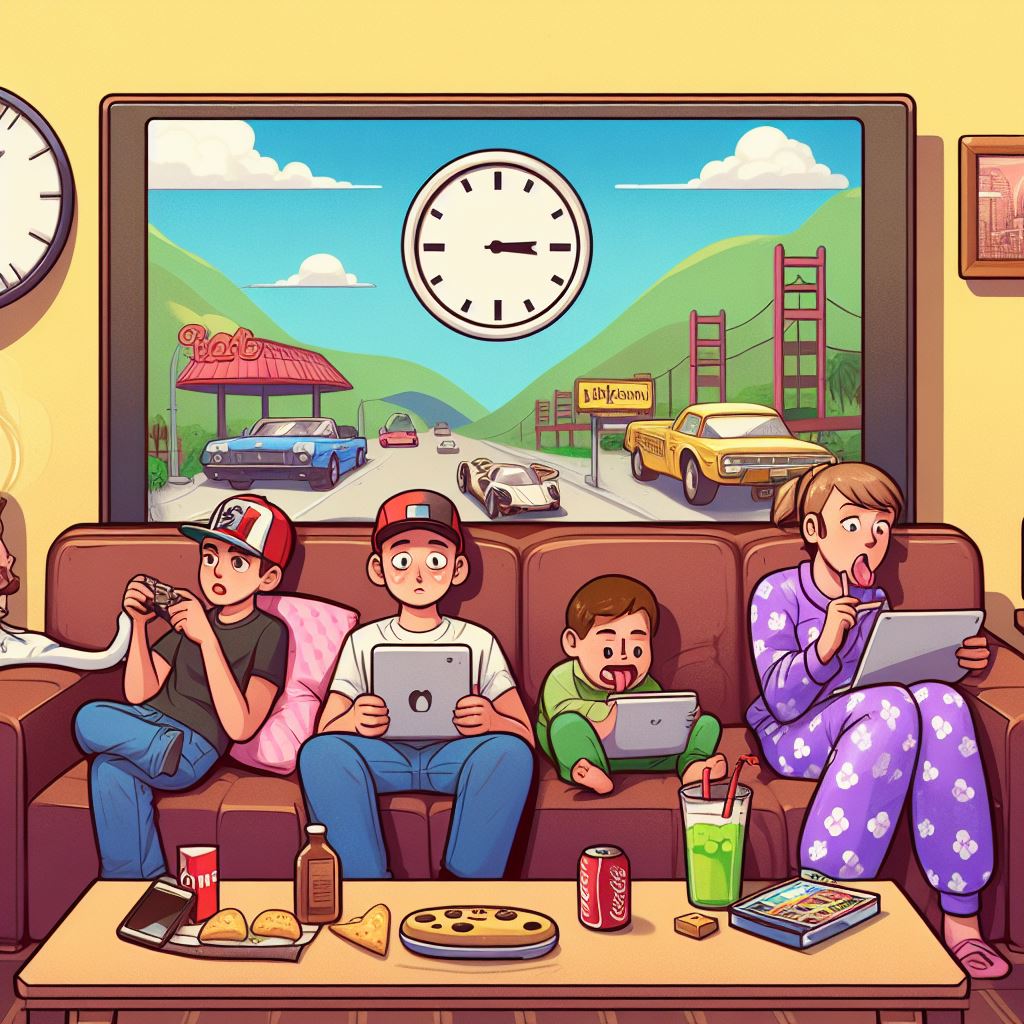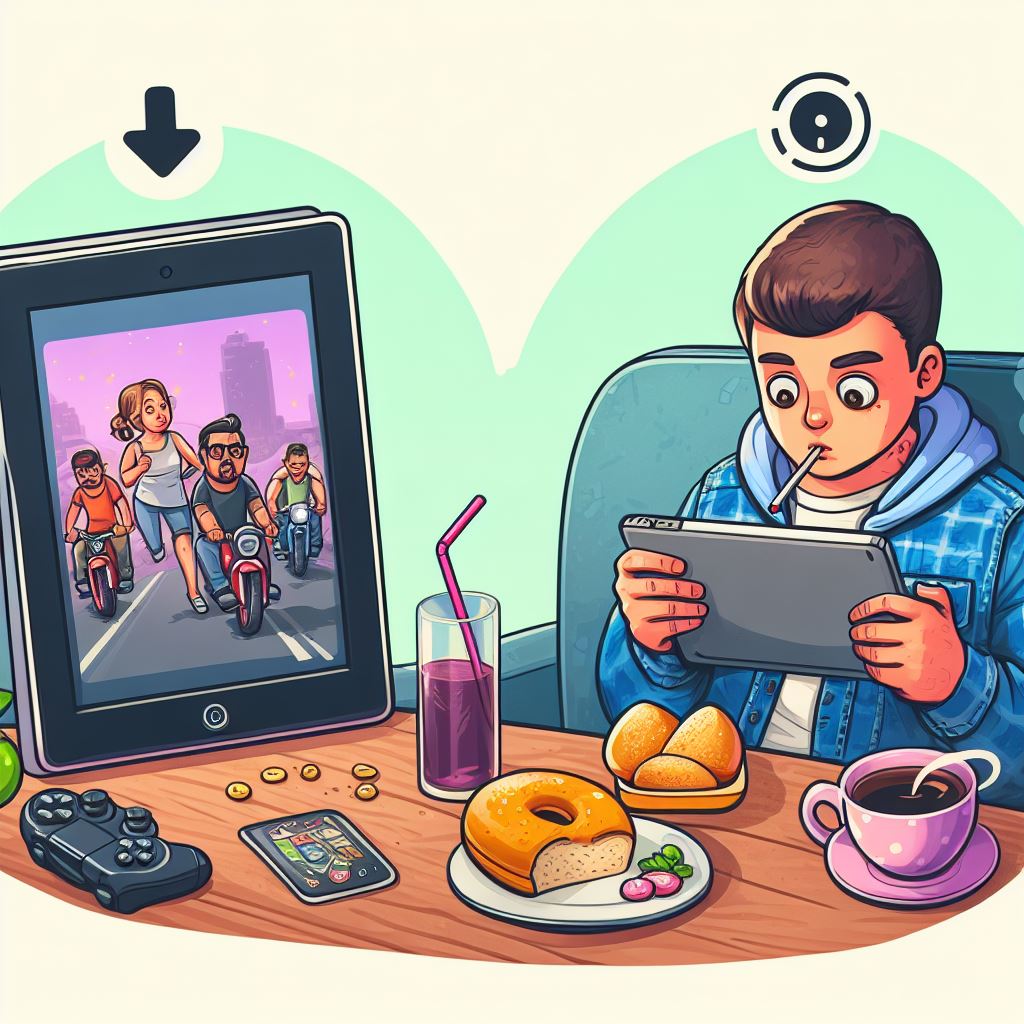Estimated reading time: 4 mins
In the digital era, our lives are inextricably linked to screens – from the smartphones that wake us up to the laptops that shut down with us at night. While these digital devices have undoubtedly brought convenience and connectivity, they also present significant challenges to our mental health. The need to find a balance between our online and offline lives has never been more critical.

The Paradox of Connection
Digital technology, particularly social media, was touted as a tool to bring us closer, yet it often does the opposite. A study by the American Psychological Association found that higher social media use correlated with self-reported feelings of loneliness and isolation. The curated, idealized snapshots of life that flood our feeds can lead to unhealthy comparisons, self-doubt, and a sense of inadequacy.
But it’s not just social media. The pandemic-induced surge in screen time across all platforms has further blurred the lines between work and personal life, contributing to a rise in digital fatigue. This digital overload can exacerbate stress, anxiety, and depression.
Recognizing Digital Fatigue
Digital fatigue manifests in various ways, including decreased productivity, difficulty concentrating, and a general sense of burnout. Physically, it can lead to eye strain, headaches, and disrupted sleep patterns. Mentally, it contributes to feelings of anxiety, irritability, and an inability to relax.
Setting Boundaries
To counteract these effects, setting boundaries is crucial. A good starting point is to designate tech-free times and zones. For instance, making your bedroom a phone-free zone can improve sleep quality. Similarly, setting specific times to check emails can reduce the compulsion to be constantly connected to work.
The Role of Digital Detoxes
A digital detox – a period where one refrains from using digital devices – can be incredibly beneficial. This doesn’t mean going off-grid but rather being mindful about usage. It’s about replacing the time spent on screens with activities that nourish your mental and physical well-being, like reading, meditating, or spending time in nature.
Mindful Technology Use
Mindfulness in the context of digital consumption means being present and intentional with how we use technology. It’s about using tech as a tool to enhance our lives, not detract from it. Tools like screen time tracking apps can be useful in making us aware of our digital habits and encouraging more mindful usage.
Fostering Real Connections
While digital communication is a boon for staying in touch, it’s vital to maintain a balance with face-to-face interactions. In-person connections provide a depth and quality of interaction that digital communication cannot replicate. Engaging in community activities, pursuing hobbies with others, or simply spending time with friends and family can greatly enhance our sense of connection and well-being.
The Importance of Physical Activity
Regular physical activity is a potent antidote to the sedentary lifestyle that often accompanies heavy screen use. Exercise releases endorphins, which have mood-boosting properties. It also helps in reducing the risk of chronic health issues that can arise from prolonged sitting.
Developing a Healthy Relationship with News Consumption
In an era of constant information flow, it’s easy to fall into the trap of doomscrolling – continuously scrolling through bad news even though it’s distressing. Setting limits on news consumption and choosing reliable sources can reduce anxiety and help maintain a more balanced perspective.
Professional Help and Digital Well-being Tools
Recognizing when to seek professional help is key. Mental health professionals can provide strategies to manage digital-related stress and anxiety. Additionally, many digital well-being tools, like apps for meditation and mindfulness, can be instrumental in fostering mental health.
Encouraging a Balanced Approach in Children
For children, who are growing up in a digital-first world, the challenge is even more significant. Parents and educators play a crucial role in modeling balanced digital behavior and setting healthy limits on screen time. Encouraging outdoor play, hobbies, and social activities are essential for a child’s overall development.


The Benefits of Technology
It’s important to remember that technology, when used appropriately, has numerous benefits. It has made access to mental health resources easier, with online counseling and digital support groups providing invaluable support. Educational apps and tools enhance learning, while fitness apps encourage physical activity.
Looking Ahead
As we navigate the complexities of the digital age, the key is to strive for a balanced approach. Technology is a tool, and like any tool, its impact depends on how we use it. By setting boundaries, practicing mindfulness, and nurturing real-world connections, we can harness the benefits of the digital world while safeguarding our mental health.
In conclusion, the digital age presents unique challenges to our mental well-being, but also unprecedented opportunities for growth and connection. By consciously choosing how we interact with our devices, we can enjoy the best of what technology has to offer, while maintaining our mental and emotional health. This balanced approach is not just beneficial; it’s essential for thriving in our increasingly digital world.
